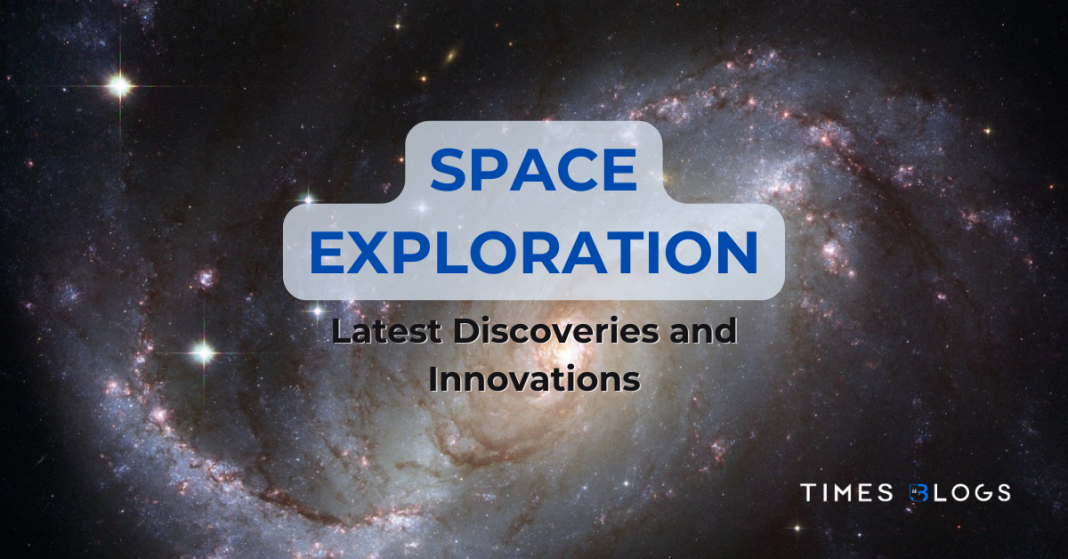Space exploration has always been a fascinating subject for humans, and in recent years, it has gained more attention as the latest discoveries and innovations have been made. The exploration of space is not only about satisfying our curiosity, but it has many other significant implications as well. With the latest advancements in technology, space exploration has become more accessible, and we have been able to discover things that were unimaginable a few decades ago. In this blog post, we will discuss some of the latest discoveries and innovations in space exploration.
Table of Contents
The Latest Discoveries in Space Exploration
Space exploration continues to captivate our curiosity and expand our knowledge of the universe. In recent years, significant discoveries have been made that shed light on the mysteries of space. From exoplanets to black holes, these findings have revolutionized our understanding of the cosmos. Let’s take a brief look at some of the latest discoveries in space exploration that have unfolded in recent years.
Water on Mars
The discovery of water on Mars was a significant breakthrough in space exploration. For decades, scientists have been searching for signs of water on the red planet, and in 2015, they finally found it. The discovery was made using NASA’s Mars Reconnaissance Orbiter, which detected hydrated minerals in the planet’s surface. This finding has implications for the possibility of life on Mars, as water is an essential ingredient for life.
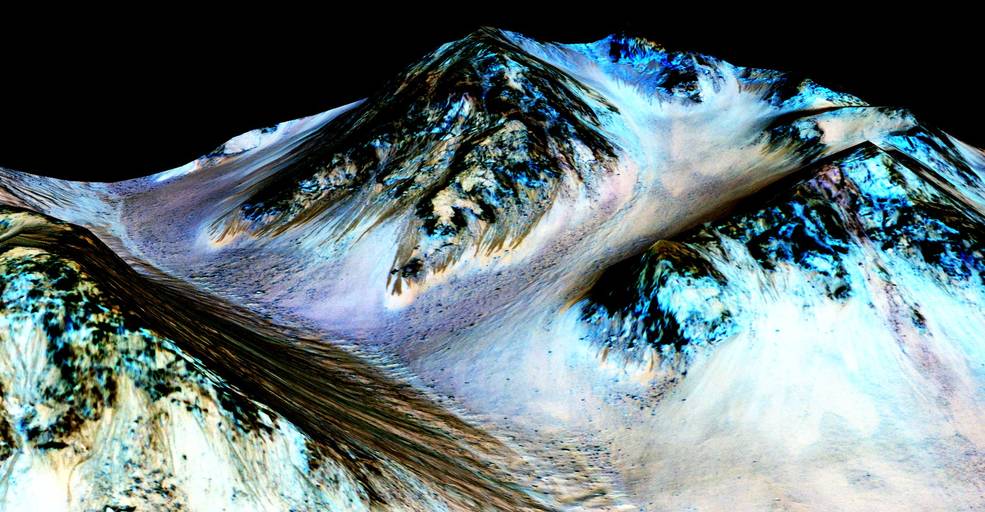
Proxima Centauri b
In 2016, astronomers discovered a planet orbiting Proxima Centauri, the closest star to our solar system. The planet, called Proxima Centauri b, is roughly the same size as Earth and is located in the star’s habitable zone, which means that it has the potential to support life. This discovery has implications for the search for extraterrestrial life, as it suggests that habitable planets may be more common than previously thought.
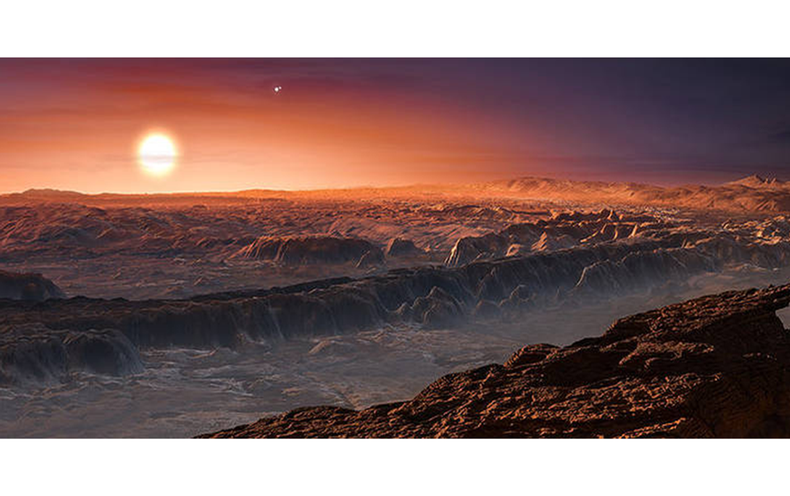
Gravitational Waves
In 2015, scientists detected gravitational waves for the first time, confirming a prediction made by Albert Einstein in 1915. Gravitational waves are ripples in the fabric of spacetime caused by the movement of massive objects, such as black holes or neutron stars. The discovery of gravitational waves has opened up a new way of observing the universe and has the potential to revolutionize our understanding of physics.
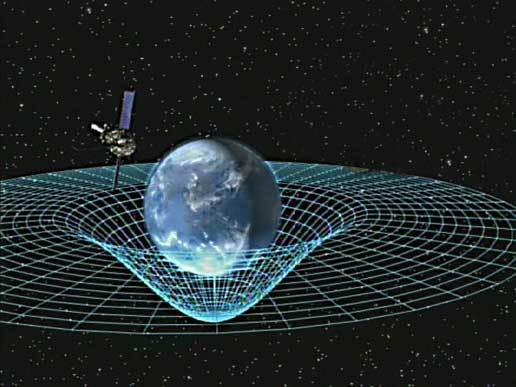
New Horizons
In 2015, NASA’s New Horizons spacecraft made a historic flyby of Pluto, becoming the first spacecraft to visit the dwarf planet. The mission provided us with the first close-up images of Pluto and its moons, revealing a complex and diverse world. The mission also provided new insights into the formation and evolution of the solar system.
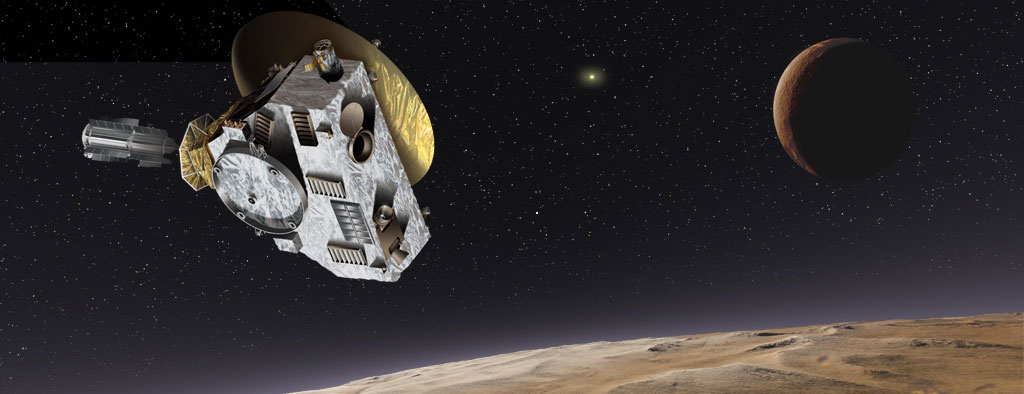
Fast Radio Bursts
Fast Radio Bursts (FRBs) are short, intense bursts of radio waves that originate from beyond our galaxy. The origin of these bursts is still unknown, but they are thought to be caused by highly energetic events, such as the collision of neutron stars or black holes. The discovery of FRBs has opened up a new field of astronomy, allowing scientists to study the universe in ways that were not possible before.
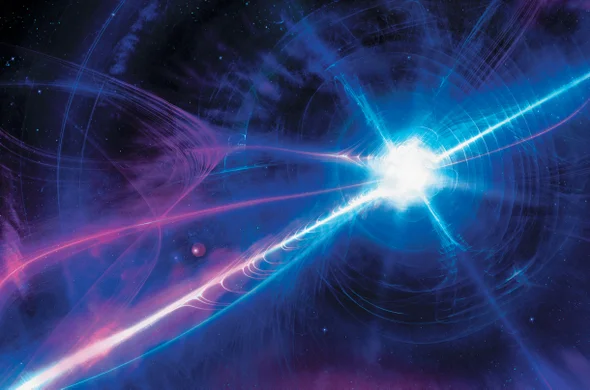
Europa’s Ocean
In 2021, NASA’s Hubble Space Telescope found evidence of water vapor plumes on Jupiter’s moon Europa. The plumes suggest that Europa has a subsurface ocean, which has been a topic of interest for scientists for years. The discovery raises the possibility that Europa could support life, and it could also be a potential target for future exploration missions.
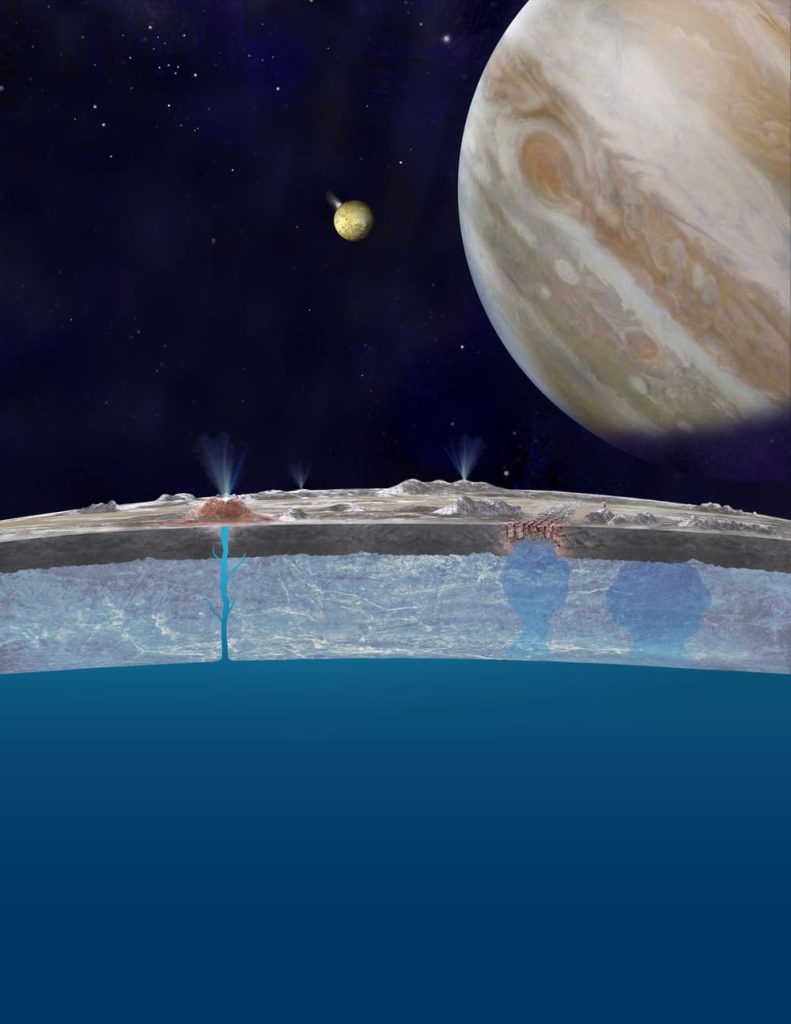
Black Hole Image
In 2019, astronomers captured the first-ever image of a black hole, located at the center of the galaxy M87. The image was captured using a network of radio telescopes called the Event Horizon Telescope (EHT). The image provides a new understanding of the nature of black holes, and it confirms many of the predictions made by Albert Einstein’s theory of general relativity.

Martian Atmosphere
In 2020, NASA’s MAVEN spacecraft discovered that the Martian atmosphere is leaking into space at a much faster rate than previously thought. The discovery suggests that Mars has lost a significant amount of its atmosphere over time, which has implications for the planet’s habitability and potential for supporting life. The findings could also provide insight into the evolution of planets in our solar system and beyond.
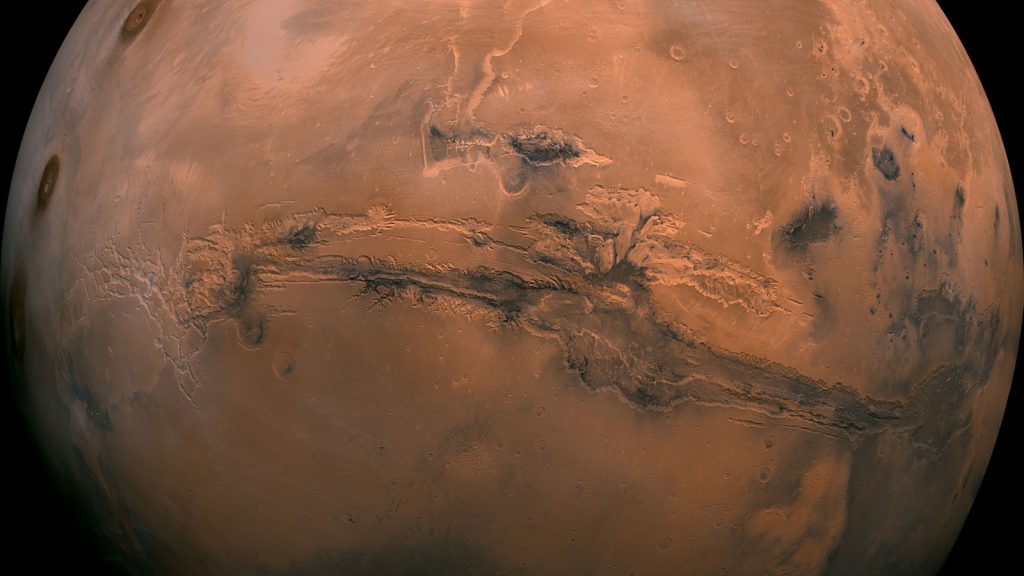
Enceladus’ Plumes
In 2018, data from NASA’s Cassini spacecraft revealed that Saturn’s moon Enceladus has plumes of water vapor and ice erupting from its surface. The discovery suggests that there may be a subsurface ocean on Enceladus, similar to Europa. The plumes also provide a potential source of material for future exploration missions, as they contain organic compounds and other molecules that could be used to study the moon’s composition and potential for life.
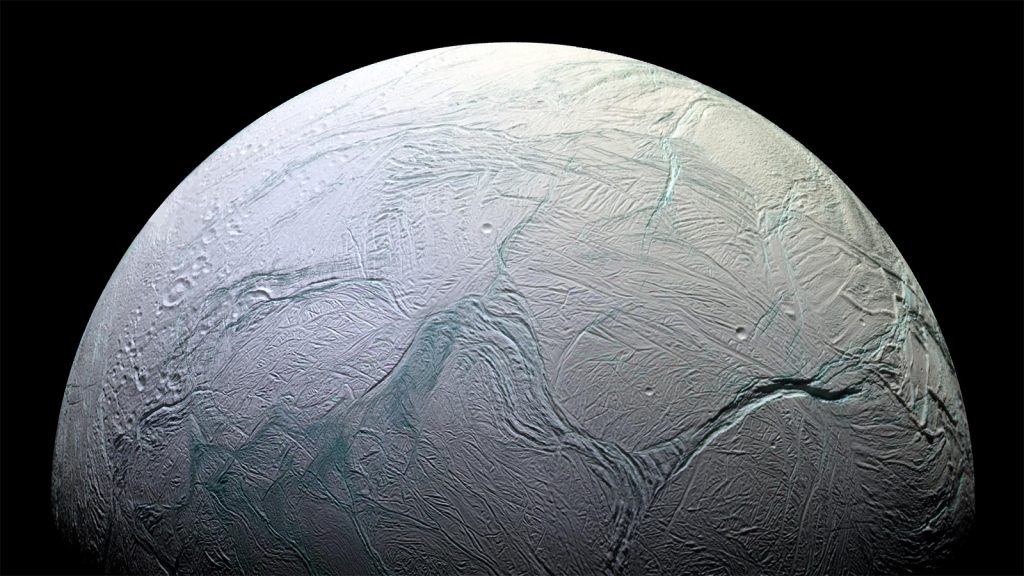
Exoplanets
In recent years, astronomers have discovered thousands of exoplanets, planets that orbit stars outside of our solar system. These discoveries have revolutionized our understanding of the universe and have opened up new possibilities for the search for extraterrestrial life. The discoveries have also provided insight into the formation and evolution of planetary systems, and they have challenged our assumptions about what types of planets can exist in the universe.
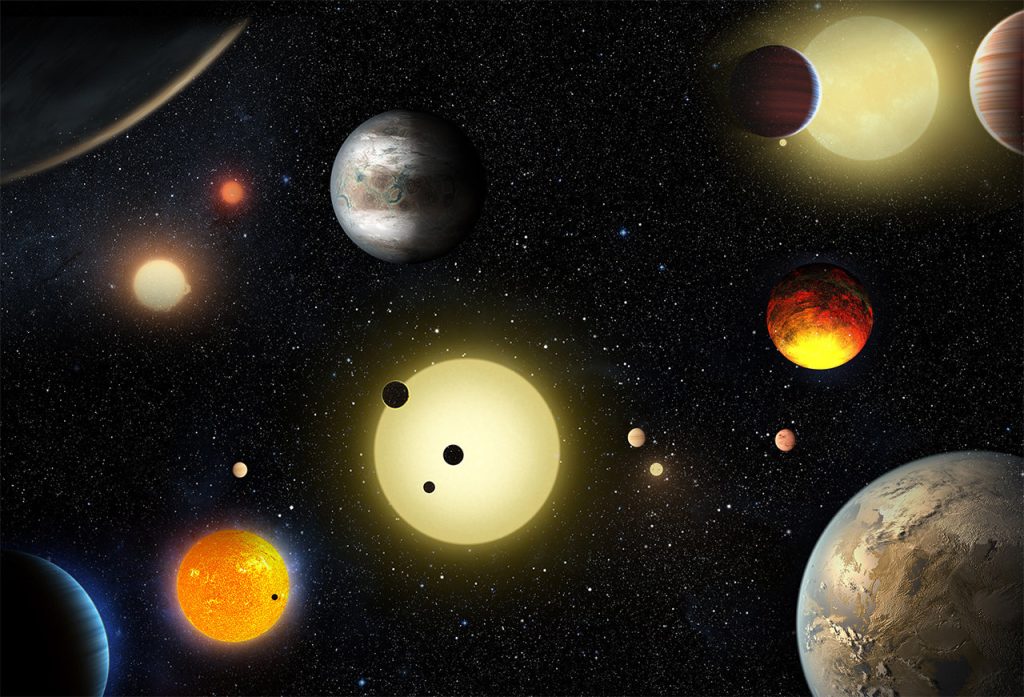
The Latest Innovations in Space Exploration
Space exploration is at the forefront of scientific and technological innovation, pushing the boundaries of what we thought possible. In recent years, incredible advancements have been made, revolutionizing the way we explore and understand the universe. From reusable rockets to advanced robotics, these innovations have opened up new frontiers in space exploration. In this brief overview, we will explore some of the latest and most exciting innovations in the field of space exploration.
Reusable Rockets
In recent years, SpaceX has developed reusable rockets, which have revolutionized the space industry. Traditional rockets are only used once, and they are extremely expensive to build and launch. Reusable rockets, on the other hand, can be used multiple times, significantly reducing the cost of space missions. The development of reusable rockets has made space exploration more accessible, and it has opened up new opportunities for commercial spaceflight.
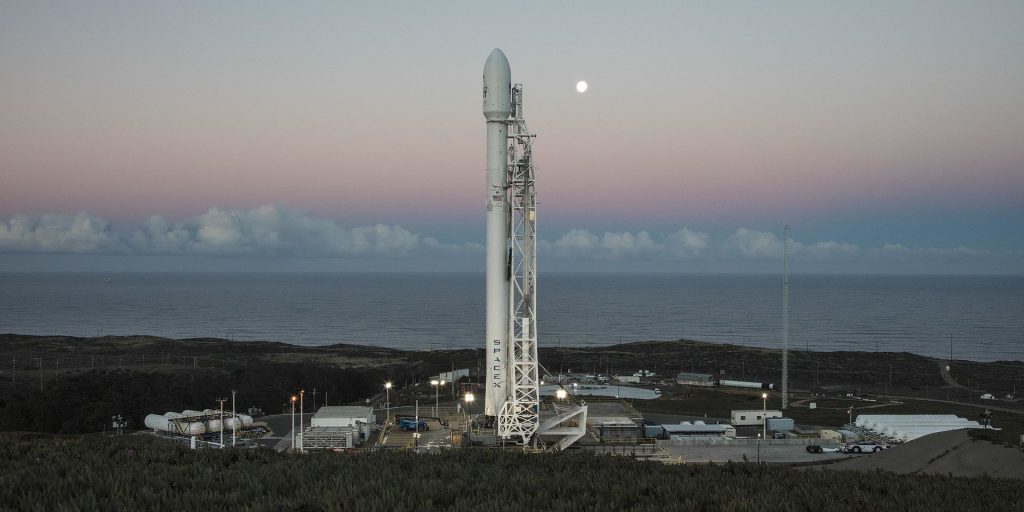
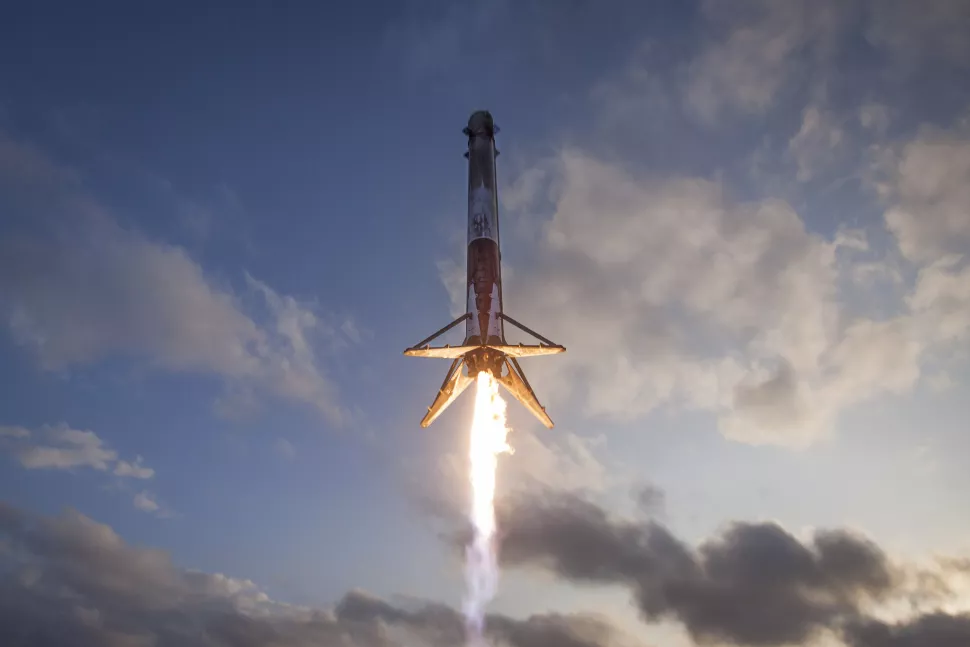
CubeSats
CubeSats are small, cube-shaped satellites that are used for a variety of space missions. They are typically only a few inches in size and are much cheaper to build and launch than traditional satellites. CubeSats are often used for scientific research, such as monitoring climate change or studying the Earth’s atmosphere. They have also been used for educational purposes, allowing students to design and build their own satellites.
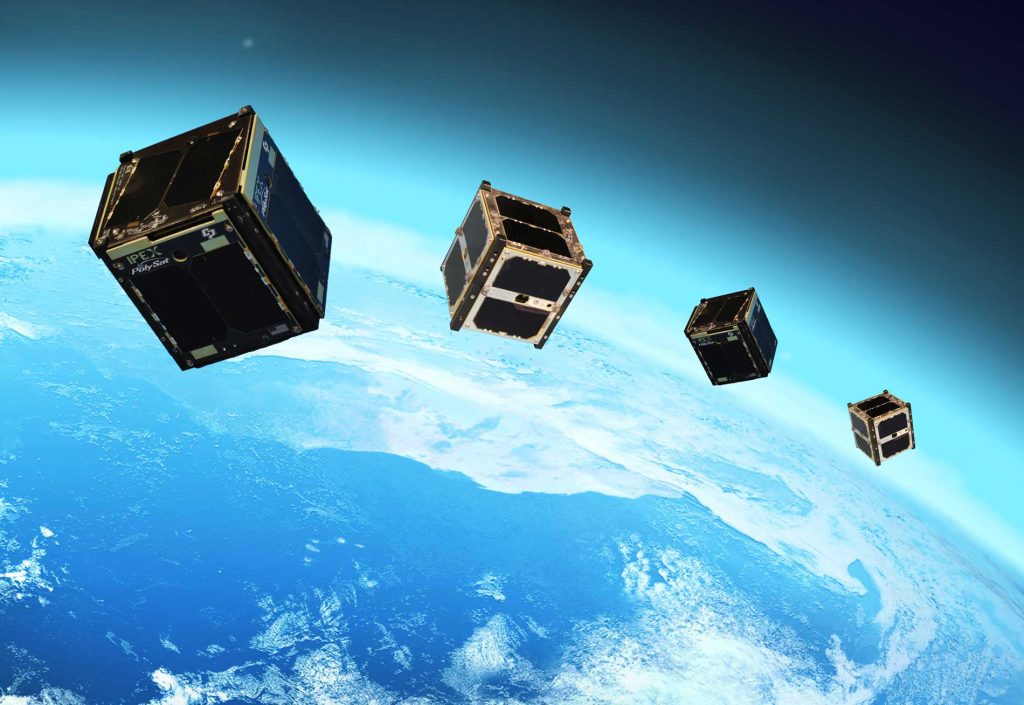
3D Printing
3D printing has revolutionized many industries, and it has also had a significant impact on space exploration. In 2014, NASA successfully printed a 3D wrench on the International Space Station using a 3D printer. This technology has the potential to revolutionize space exploration, as it allows astronauts to manufacture tools and parts on demand, reducing the need for resupply missions from Earth. 3D printing also allows for the production of more complex and efficient parts, which can improve the performance of spacecraft and reduce their weight.
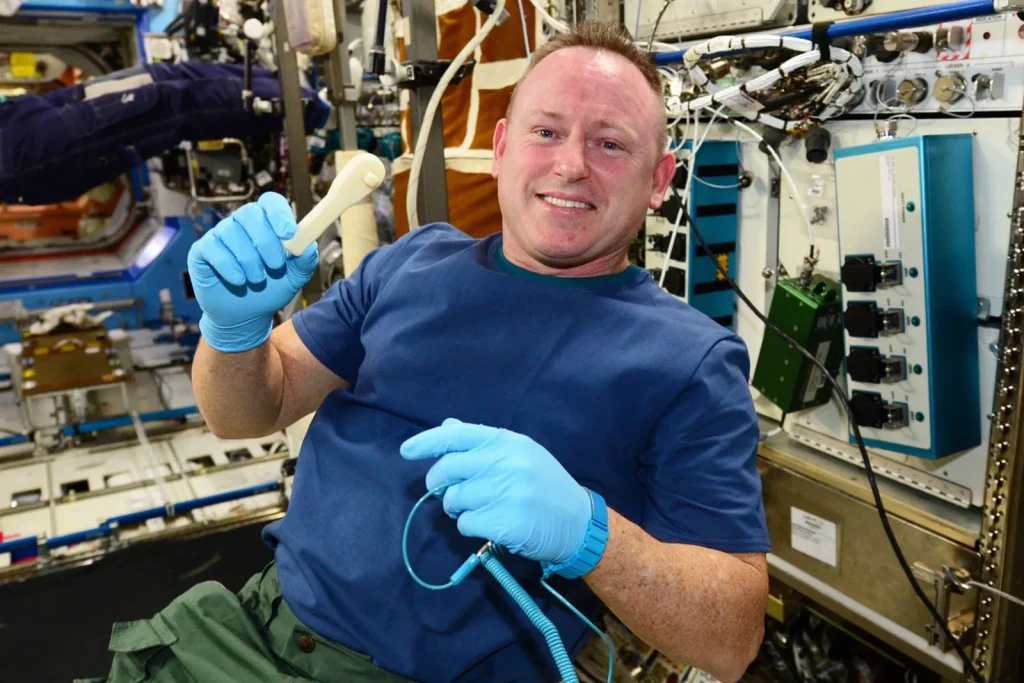
Artificial Intelligence
Artificial intelligence (AI) has also had a significant impact on space exploration. AI can be used to analyze large amounts of data from space missions, allowing scientists to identify patterns and make new discoveries. AI can also be used to improve the autonomy of spacecraft, allowing them to operate more efficiently and make decisions in real-time. NASA’s Mars Curiosity rover, for example, uses AI to analyze images of the Martian surface and make decisions about where to go and what to study.
Space Tourism
In recent years, space tourism has become a reality, with companies like Virgin Galactic and Blue Origin offering suborbital flights to paying customers. This development has the potential to make space exploration more accessible and to open up new opportunities for commercial spaceflight. However, it also raises concerns about the safety and environmental impact of space tourism.
Laser Communication
In 2021, NASA’s Lunar Reconnaissance Orbiter (LRO) successfully demonstrated laser communication from the Moon to Earth. Laser communication is faster and more efficient than traditional radio communication, and it has the potential to revolutionize space communications. This technology could enable faster and more reliable communication between spacecraft and ground stations, as well as between spacecraft in deep space.
Solar Sails
Solar sails are spacecraft propelled by the pressure of sunlight, and they are becoming an increasingly popular method of propulsion for small spacecraft. In 2022, NASA’s NEA Scout spacecraft will use a solar sail to travel to a near-Earth asteroid. The technology could be used for future missions to explore the outer solar system and beyond.
In-Situ Resource Utilization (ISRU)
ISRU is the practice of using resources found on other planets or asteroids to support human exploration and settlement. In recent years, ISRU has become a major focus of space exploration, as it could reduce the cost and risk of space missions. NASA’s Mars InSight mission, for example, is equipped with a heat probe that will drill 16 feet into the Martian soil to study the planet’s interior and potential resources.
CubeSat Constellations
CubeSats are small, low-cost satellites that can be easily launched and deployed in large numbers. In recent years, CubeSats have become increasingly popular for scientific and commercial applications. CubeSat constellations, in which multiple CubeSats are deployed in a coordinated formation, could enable new capabilities for Earth observation, communications, and other applications.
Space-Based Solar Power
Space-based solar power involves capturing sunlight in space and transmitting it to Earth using microwaves or lasers. This technology could provide a virtually limitless source of clean energy, and it could potentially solve many of the energy and climate challenges facing Earth. However, the technology is still in the early stages of development, and significant technological and regulatory challenges must be overcome before it can become a reality.
Conclusion
Space exploration is an exciting and rapidly evolving field that continues to yield new discoveries and innovations. From the recent discovery of gravitational waves and the confirmation of the Higgs boson particle to the development of new technologies like laser communication and solar sails, there are always new breakthroughs to be made.
In addition to advancing our understanding of the universe and the fundamental laws of physics, space exploration also has important practical applications. It has led to the development of new materials and technologies that have improved our lives on Earth, and it has opened up new possibilities for resource utilization and energy production.
Looking to the future, there are many exciting possibilities for space exploration, including the search for habitable planets beyond our solar system, the development of human settlements on other planets, and the exploration of deep space using advanced propulsion technologies.
However, space exploration also presents significant challenges, including the high cost and risk of space missions, as well as the ethical and environmental implications of human activities in space. As we continue to explore the universe, it is important that we do so responsibly and with a commitment to sustainability and ethical principles.
Overall, space exploration has the potential to unlock new discoveries and innovations that could transform our world and our understanding of the universe. It is an important endeavor that requires continued investment, collaboration, and innovation from scientists, engineers, policymakers, and the public alike.


